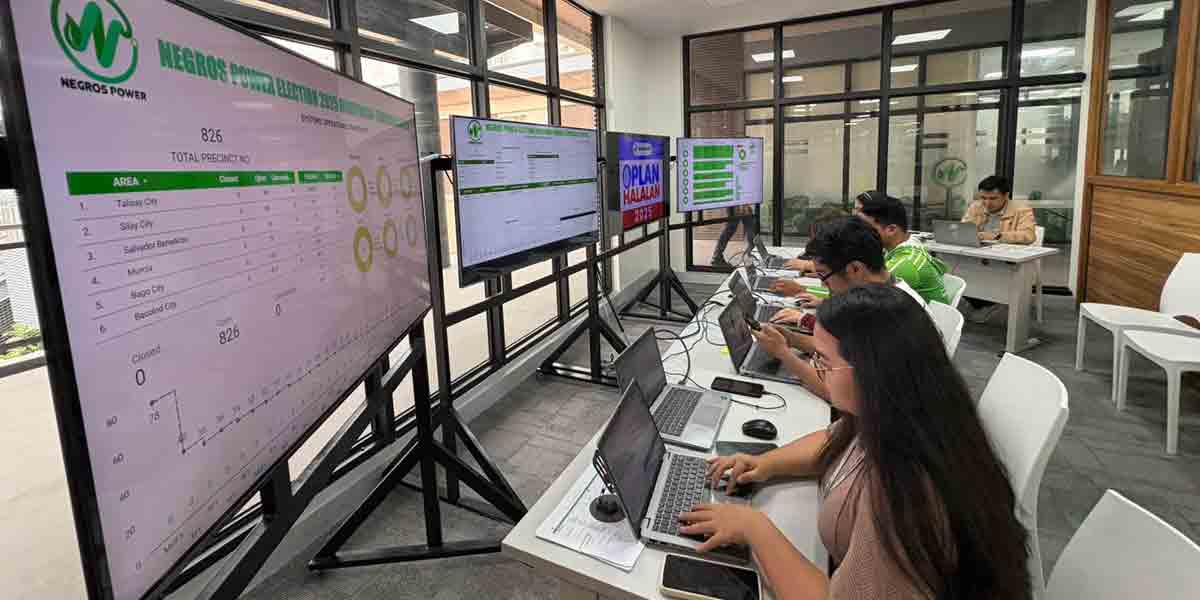Still reeling from the impact of Covid-19, Philippine merchandise exports in May 2020 amounted to USD 3.99B, an increase of more than USD 1B from April’s USD 2.83B—the lowest recorded value in since the global financial crisis in 2018.
“Since the community quarantines were declared in mid-March, we can see its full effects on April figures. We are glad to see that businesses are reopening and that Philippine products are slowly making their way back to the global market,” said DTI Undersecretary for Trade Promotions Abdulgani Macatoman.
Understandably, May 2020 exports were still 35.6% less than those of the same month last year, but this is better compared to the 50% decline for April 2020. The latest figures brought the total exports to USD22.6B year-to-date (YTD), 20.7% less than the USD28.4B from January to May 2019.

Consistent with the long-standing structure of merchandise exports, electronics accounted for over half of the country’s total merchandise exports (55.3%) YTD, while non-electronics made up the remaining 44.7%.
The top export product remained to be semiconductors, with a 42.7% share of all exports and 77.2% share of electronics exports YTD. However, semiconductor exports were down 14% to USD9.3B in January to May 2020 from USD11.3B in the same period in 2019.
Compared to May 2019, the biggest decliner in May 2020 was from ignition wiring set and other wiring sets used in vehicles, aircraft and ships (70.4%), as land and sea travel grind to a halt worldwide. Other manufactured goods and chemicals also experienced steep falls in sales at 50.6% and 37.2% respectively.

On the other hand, exports of textile yarns and fabrics nearly doubled, with a 90% growth in May 2020—which can be attributed in part to the increasing demand in personal protective equipment (PPE) and the Confederation of Wearable Exporters of the Philippines’ (CONWEP) efforts to promote their sector.
In terms of export markets, 87% of this year’s exports went to the top 10 markets, namely China and Hong Kong, Japan, USA, Singapore, Thailand, South Korea, Germany, Taiwan, the Netherlands, and Malaysia.

Philippine exports are also the hardest hit both for year-on-year (YOY) and YTD when compared with 10 other Asian economies. For May 2020, all 11 economies had negative growth and for YTD, only Singapore and Taiwan managed to grow their merchandise exports at 4.1% and 1.4%, respectively.
“The DTI-Export Marketing Bureau is assisting exporters to thrive in the new normal. Aside from educational webinars, we have tapped eCommerce platform eCFULFILL to get MSME exporters on global marketplaces like Amazon and eBay,” said DTI-Export Marketing Bureau Director Senen Perlada.
“We are also urging exporters to register in the European Union-Registered Exporter System (EU-REX) for them to begin or continue exporting to the EU. There are now 309 registered exporters as of 8 July 2020,” he continued.
According to the World Trade Organization (WTO), world merchandise is seen to fall by between 13% and 32% this year due to the Covid-19 pandemic. Recovery is projected in 2021, depending on the pandemic duration and the effectiveness of global economies’ policy response.
Oxford Economics sees a negative 12.5% growth rate for exports of PH goods and services in 2020. It also projects a moderate recovery starting June as economic activity slowly picks up following the easing of restrictions in major cities of the country except for Cebu City. However, the continued weak global demand for the rest of the year dampens the outlook for PH exports.


















